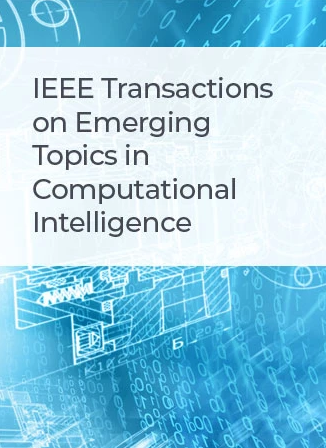VTFR-AT: Adversarial Training With Visual Transformation and Feature Robustness
IF 5.3
3区 计算机科学
Q1 COMPUTER SCIENCE, ARTIFICIAL INTELLIGENCE
IEEE Transactions on Emerging Topics in Computational Intelligence
Pub Date : 2024-03-18
DOI:10.1109/TETCI.2024.3370004
引用次数: 0
Abstract
Research on the robustness of deep neural networks to adversarial samples has grown rapidly since studies have shown that deep learning is susceptible to adversarial perturbation noise. Adversarial training is widely regarded as the most powerful defence strategy against adversarial attacks out of many defence strategies. It has been shown that the adversarial vulnerability of models is due to the learned non-robust feature in the data. However, few methods have attempted to improve adversarial training by enhancing the critical information in the data, i.e., the important region of the object. Moreover, adversarial training is prone to overfitting the model due to the overuse of training set samples. In this paper, we propose a new adversarial training framework with visual transformation and feature robustness, named VTFR-AT. The visual transformation (VT) module enhances principal information in images, weakens background information, and eliminates nuisance noise by pre-processing images. The feature robustness (FR) loss function enhances the network feature extraction partly against perturbation by constraining the feature similarity of the network on similar images. Extensive experiments have shown that the VTFR framework can substantially promote the performance of models on adversarial samples and improve the adversarial robustness and generalization capabilities. As a plug-and-play module, the proposed framework can be easily combined with various existing adversarial training methods.VTFR-AT:具有视觉变换和特征鲁棒性的对抗训练
自从研究表明深度学习容易受到对抗性扰动噪声的影响后,有关深度神经网络对对抗性样本的鲁棒性的研究迅速发展。对抗性训练被广泛认为是众多防御策略中对抗对抗性攻击最强大的防御策略。研究表明,模型易受对抗性攻击的原因是学习到了数据中的非稳健特征。然而,很少有方法尝试通过增强数据中的关键信息(即对象的重要区域)来改进对抗训练。此外,由于过度使用训练集样本,对抗训练容易造成模型的过拟合。在本文中,我们提出了一种具有视觉变换和特征鲁棒性的新型对抗训练框架,命名为 VTFR-AT。视觉变换(VT)模块通过预处理图像来增强图像中的主要信息、弱化背景信息并消除干扰噪声。特征鲁棒性(FR)损失函数通过限制相似图像上网络特征的相似性,增强了网络特征提取的部分抗干扰能力。广泛的实验表明,VTFR 框架能大幅提高模型在对抗样本上的性能,并改善对抗鲁棒性和泛化能力。作为一个即插即用的模块,所提出的框架可以很容易地与现有的各种对抗训练方法相结合。
本文章由计算机程序翻译,如有差异,请以英文原文为准。
求助全文
约1分钟内获得全文
求助全文
来源期刊

IEEE Transactions on Emerging Topics in Computational Intelligence
Mathematics-Control and Optimization
CiteScore
10.30
自引率
7.50%
发文量
147
期刊介绍:
The IEEE Transactions on Emerging Topics in Computational Intelligence (TETCI) publishes original articles on emerging aspects of computational intelligence, including theory, applications, and surveys.
TETCI is an electronics only publication. TETCI publishes six issues per year.
Authors are encouraged to submit manuscripts in any emerging topic in computational intelligence, especially nature-inspired computing topics not covered by other IEEE Computational Intelligence Society journals. A few such illustrative examples are glial cell networks, computational neuroscience, Brain Computer Interface, ambient intelligence, non-fuzzy computing with words, artificial life, cultural learning, artificial endocrine networks, social reasoning, artificial hormone networks, computational intelligence for the IoT and Smart-X technologies.
文献相关原料
| 公司名称 | 产品信息 | 采购帮参考价格 |
|---|
 求助内容:
求助内容: 应助结果提醒方式:
应助结果提醒方式:


